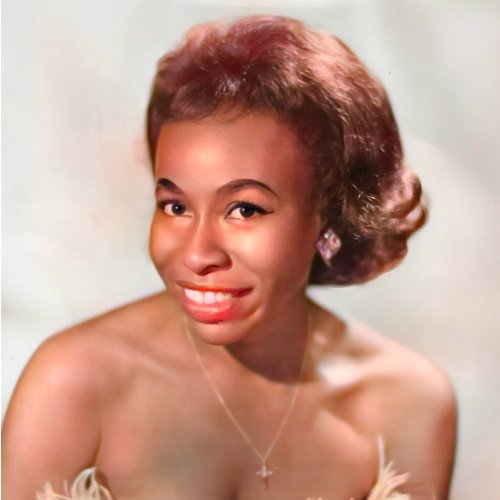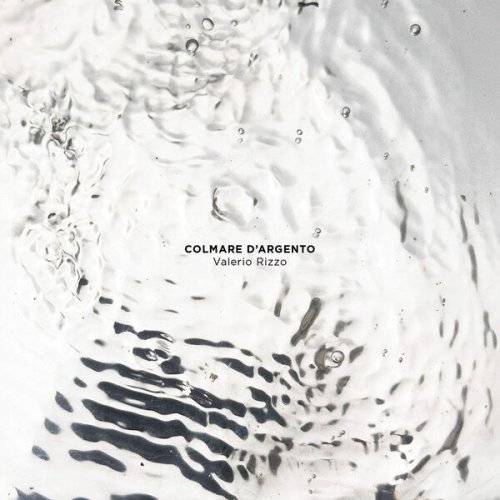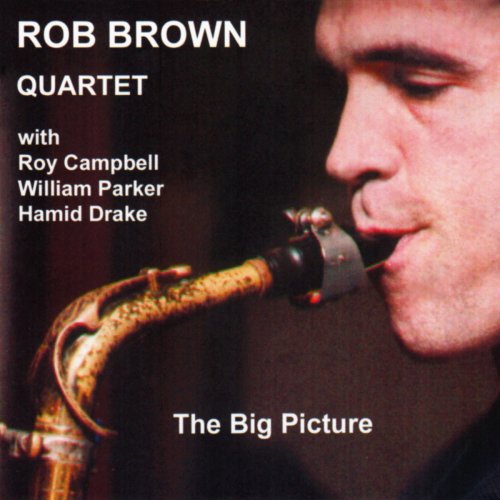Concertgebouworkest - Royal Concertgebouworkest Amsterdam - Great Recordings (2022)
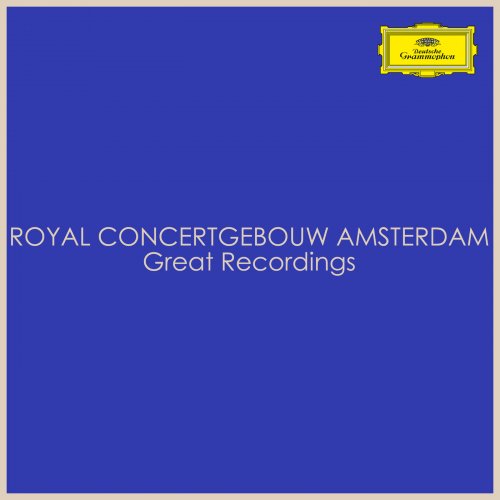
Artist: Concertgebouworkest, Myung-Whun Chung, Leonard Bernstein, Eugen Jochum
Title: Royal Concertgebouworkest Amsterdam - Great Recordings
Year Of Release: 2022
Label: UMG Recordings, Inc.
Genre: Classical
Quality: FLAC (tracks)
Total Time: 5:43:11
Total Size: 1.32 GB
WebSite: Album Preview
Tracklist:Title: Royal Concertgebouworkest Amsterdam - Great Recordings
Year Of Release: 2022
Label: UMG Recordings, Inc.
Genre: Classical
Quality: FLAC (tracks)
Total Time: 5:43:11
Total Size: 1.32 GB
WebSite: Album Preview
01. Scene
02. Masks
03. Dance
04. Bewegter (Live)
05. [without Indication - Bar 317] (Live)
06. Wie von Anfang (Live)
07. Im Tempo eines gemaechlichen Laendlers.Etwas taeppisch und sehr derb (Live)
08. Poco più mosso subito (Tempo II) (Live)
09. Tempo I (Live)
10. Tempo II (Live)
11. Tempo III (Live)
12. Rondo-Burleske. Allegro assai. Sehr trotzig. (Live)
13. L'istesso tempo (Live)
14. Sempre l'istesso tempo (Live)
15. L'istesso tempo (Live)
16. [Without Indication - Bar 347] (Live)
17. (Clarinets) (Live)
18. Tempo I subito (Live)
19. Più stretto (Live)
20. Ploetzlich wieder sehr langsam (wie zu Anfang) und etwas zoegernd (Live)
21. Molto adagio subito (Live)
22. Stets sehr gehalten (Live)
23. Fliessender, doch durchaus nicht eilend (Live)
24. I. Kyrie: Christe eleison (Live at Concertgebouw, Amsterdam / 1978)
25. II. Gloria: Quoniam tu solus sanctus (Live at Concertgebouw, Amsterdam / 1978)
26. II. Gloria: In gloria Dei Patris, Amen (Live at Concertgebouw, Amsterdam / 1978)
27. II. Gloria: Amen - Quoniam tu solus sanctus (Live at Concertgebouw, Amsterdam / 1978)
28. III. Credo: Et vitam venturi saeculi (Live at Concertgebouw, Amsterdam / 1978)
29. IV. Sanctus: Sanctus Dominus Deus Sabaoth (Live at Concertgebouw, Amsterdam / 1978)
30. IV. Sanctus: Pleni sunt coeli (Live at Concertgebouw, Amsterdam / 1978)
31. V. Agnus Dei: Dona nobis pacem (Live at Concertgebouw, Amsterdam / 1978)
32. V. Der Elefant
33. VI. Das Känguruh
34. X. Die Vogelschar
35. Montagues And Capulets
36. Juliet The Young Girl
37. Folk Dance
38. Madrigal
39. Minuet
40. Romeo And Juliet
41. Death Of Tybalt
42. Friar Laurence
43. Romeo And Juliet Before Parting
44. Dance Of The Girls With Lilies
45. Romeo At Juliet's Grave
46. The Death Of Juliet
47. (Horns) (Live)
48. Ploetzlich bedeutend langsamer (Lento) und leise (Live)
49. A tempo II (Live)
50. Tempo I. subito (Live)
51. Adagio. Sehr langsam und noch zurueckhaltend (Live)
52. a tempo (Molto adagio) (Live)
53. Tempo I. Molto adagio (Live)
54. Adagissimo (Live)
55. 2. Kräftig bewegt (Live)
56. 3. Menuetto (Allegro molto) (Live)
57. 4. Allegro vivace (Live)
58. I. Kyrie: Kyrie eleison (Live at Concertgebouw, Amsterdam / 1978)
59. I. Kyrie: Kyrie eleison (II) (Live at Concertgebouw, Amsterdam / 1978)
60. II. Gloria: Gloria in excelsis Deo (Live at Concertgebouw, Amsterdam / 1978)
61. II. Gloria: Qui tollis peccata mundi (Live at Concertgebouw, Amsterdam / 1978)
62. III. Credo: Credo in unum Deum (Live at Concertgebouw, Amsterdam / 1978)
63. III. Credo: Et incarnatus est (Live at Concertgebouw Amsterdam)
64. III. Credo: Et ascendit in coelum (Live at Concertgebouw, Amsterdam / 1978)
65. III. Credo: Amen (Live at Concertgebouw, Amsterdam / 1978)
66. IV. Sanctus: Praeludium (Live at Concertgebouw, Amsterdam / 1978)
67. V. Agnus Dei: Agnus Dei (Live at Concertgebouw, Amsterdam / 1978)
68. V. Agnus Dei: Agnus Dei (II) (Live at Concertgebouw, Amsterdam / 1978)
69. V. Agnus Dei: Presto (Live at Concertgebouw, Amsterdam / 1978)
70. III. Rondo (Vivace)
71. II. Larghetto
72. III. Allegro vivace
73. IV. Sehr behaglich: "Wir genießen die himmlischen Freuden" (Live)
74. 1. Das Trinklied vom Jammer der Erde
75. Der Einsame im Herbst
76. 3. Von der Jugend
77. Von der Schönheit
78. 5. Der Trunkene im Frühling
79. I. Intro. Der Löwe
80. II. Hühner und Hähne - III. Wilde Esel
81. IV. Die Schildkröte
82. VII. Die Fische
83. VIII. Drei Ochsen
84. IX. Der Kuckuck
85. XI. Die Pianisten
86. XII. Die Fossilien
87. XIII. Der Schwan
88. XIV. Finale
The Royal Concertgebouw Orchestra, or, as it is often called, the Amsterdam Concertgebouw Orchestra, was founded in 1888, its first concert taking place on November 3 of that year. Concertgebouw means concert hall in Dutch, and the ensemble adopted that name from the lavish site where it has been based since 1888. The building, known for its splendid acoustics, houses a large auditorium (the Grote Zaal) and a small one (Kleine Zaal).
The Orchestra's first conductor was Willem Kes, who enforced a common etiquette on Dutch audiences previously unobserved: eating, late arrivals, and talking during performance were banned. Kes built the orchestra into a fine one, even if it still fell short of world-class caliber. Upon Kes' departure in 1895, the legendary Willem Mengelberg was appointed music director. He would serve for nearly 50 years in that capacity, molding the orchestra into a first-rate ensemble and making many famous recordings with the group.
During his reign Mengelberg took sabbaticals to conduct other orchestras in Europe and America, including the New York Philharmonic. During his absences, other conductors were engaged to serve as substitutes, including Pierre Monteux and Bruno Walter. While Mengelberg was highly respected and his orchestra widely admired, the repertory tended to be somewhat narrow, focusing largely on the Germanic sphere, especially on Beethoven and Richard Strauss. But he conducted works by Gustav Mahler, and the orchestra featured appearances by Rachmaninov and Prokofiev in performances of their works.
During World War II, Mengelberg sided with the Nazis, and after 1945 was banned from conducting the ensemble for six years. That same year Eduard van Beinum was appointed his successor. He broadened the repertory and maintained the orchestra's high performance standards during his 14 years on the podium. He died in 1959 during a rehearsal, and for the next four years, leadership of the orchestra was shared by Eugen Jochum and Bernard Haitink. Haitink was appointed chief conductor in 1963 and served in that capacity until 1988. During his tenure, the orchestra made numerous highly acclaimed tours and recordings.
Haitink's successor was Riccardo Chailly, who further broadened the repertory of the orchestra, and like his predecessors, produced a spate of critically acclaimed recordings. In 2004, Mariss Jansons was appointed conductor of the Royal Concertgebouw Orchestra. Today the ensemble consists of 120 players and is widely considered one of the finest orchestras in the world. ~ Robert Cummings
The Orchestra's first conductor was Willem Kes, who enforced a common etiquette on Dutch audiences previously unobserved: eating, late arrivals, and talking during performance were banned. Kes built the orchestra into a fine one, even if it still fell short of world-class caliber. Upon Kes' departure in 1895, the legendary Willem Mengelberg was appointed music director. He would serve for nearly 50 years in that capacity, molding the orchestra into a first-rate ensemble and making many famous recordings with the group.
During his reign Mengelberg took sabbaticals to conduct other orchestras in Europe and America, including the New York Philharmonic. During his absences, other conductors were engaged to serve as substitutes, including Pierre Monteux and Bruno Walter. While Mengelberg was highly respected and his orchestra widely admired, the repertory tended to be somewhat narrow, focusing largely on the Germanic sphere, especially on Beethoven and Richard Strauss. But he conducted works by Gustav Mahler, and the orchestra featured appearances by Rachmaninov and Prokofiev in performances of their works.
During World War II, Mengelberg sided with the Nazis, and after 1945 was banned from conducting the ensemble for six years. That same year Eduard van Beinum was appointed his successor. He broadened the repertory and maintained the orchestra's high performance standards during his 14 years on the podium. He died in 1959 during a rehearsal, and for the next four years, leadership of the orchestra was shared by Eugen Jochum and Bernard Haitink. Haitink was appointed chief conductor in 1963 and served in that capacity until 1988. During his tenure, the orchestra made numerous highly acclaimed tours and recordings.
Haitink's successor was Riccardo Chailly, who further broadened the repertory of the orchestra, and like his predecessors, produced a spate of critically acclaimed recordings. In 2004, Mariss Jansons was appointed conductor of the Royal Concertgebouw Orchestra. Today the ensemble consists of 120 players and is widely considered one of the finest orchestras in the world. ~ Robert Cummings

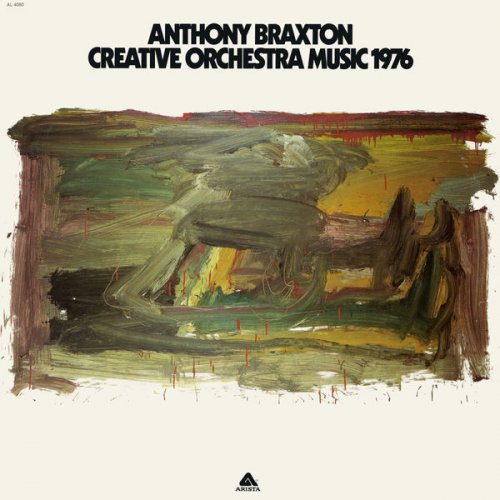
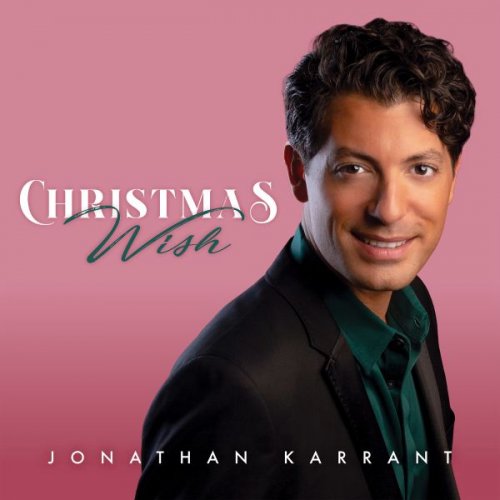
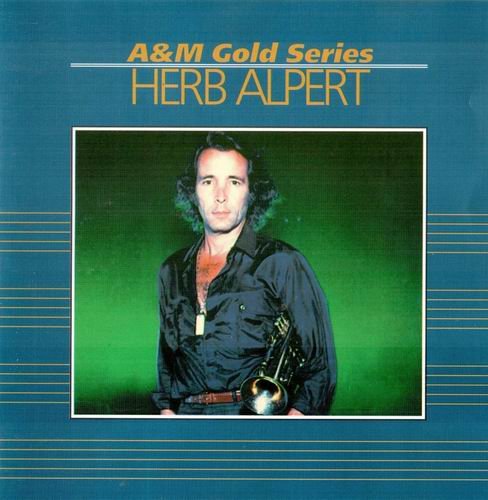
![Clifton Chenier - Clifton Chenier and His Red Hot Louisiana Band (1978) [Hi-Res] Clifton Chenier - Clifton Chenier and His Red Hot Louisiana Band (1978) [Hi-Res]](https://img.israbox.com/img/2025-12/20/u7c9mz3puf20w5rxo6nmae80o.jpg)
![Santi Vega - Un Instante Infinito (2025) [Hi-Res] Santi Vega - Un Instante Infinito (2025) [Hi-Res]](https://img.israbox.com/img/2025-12/19/xkxaonr6q5o8ydwyf3z1c8tp5.jpg)
